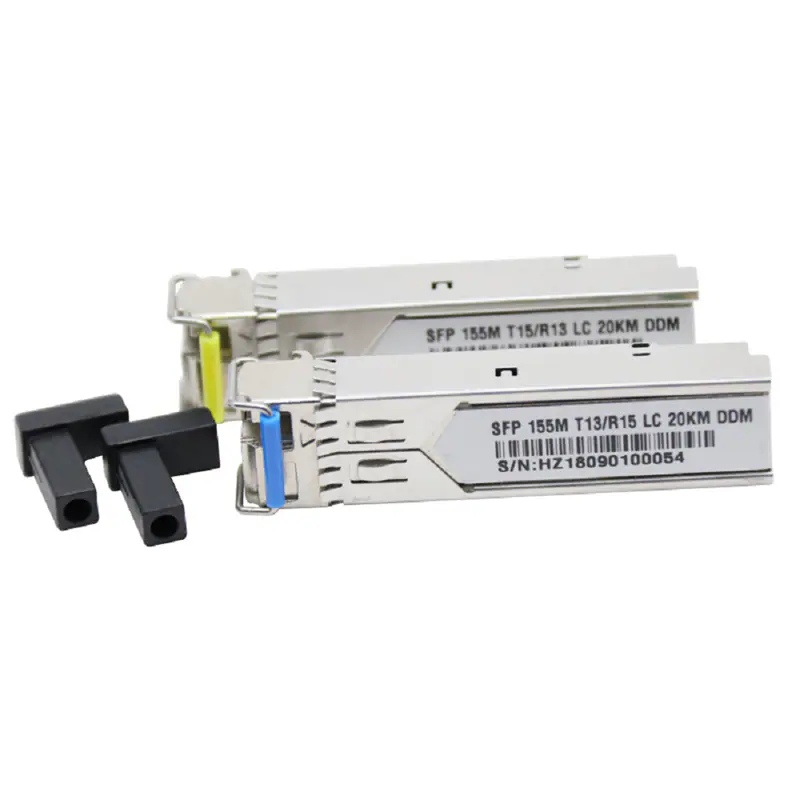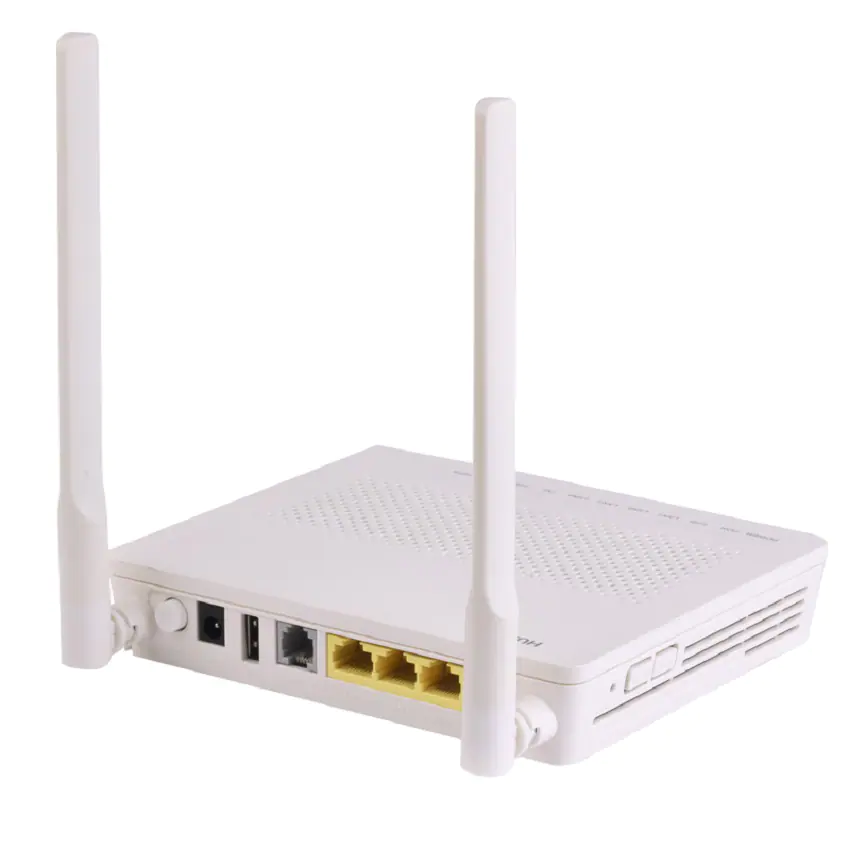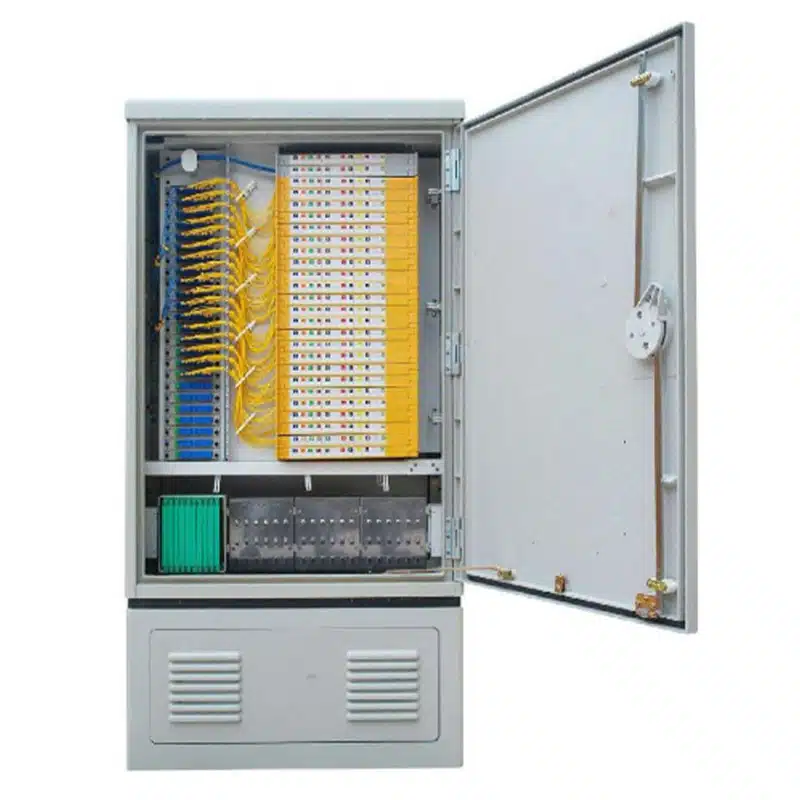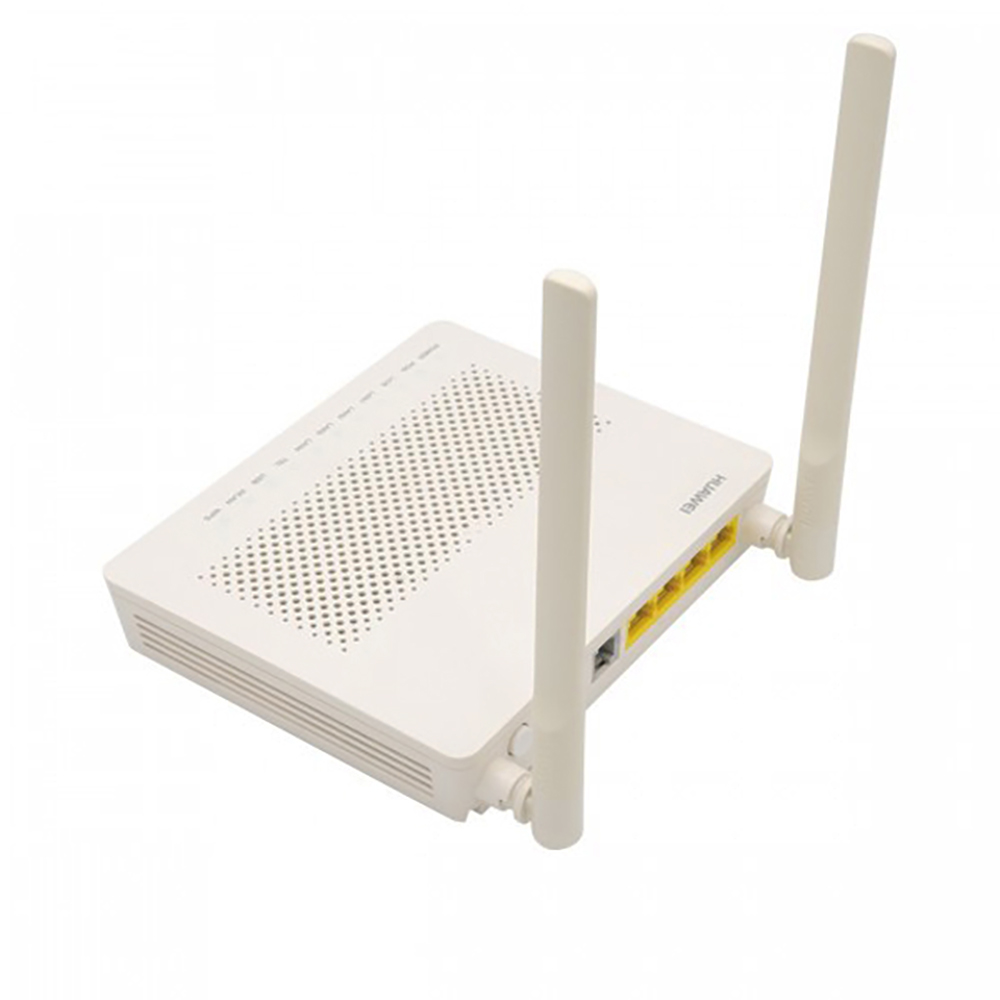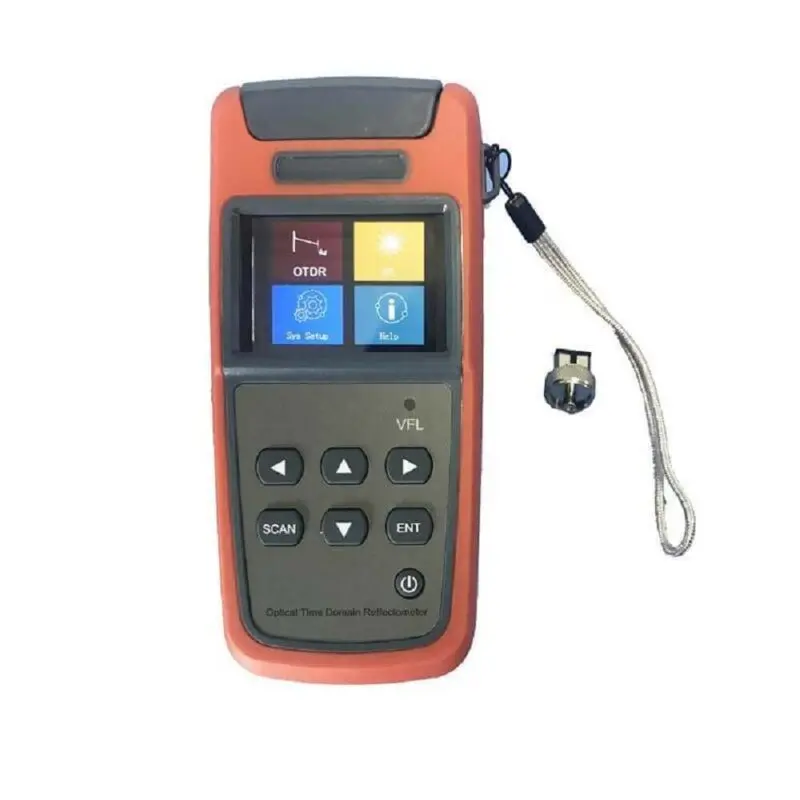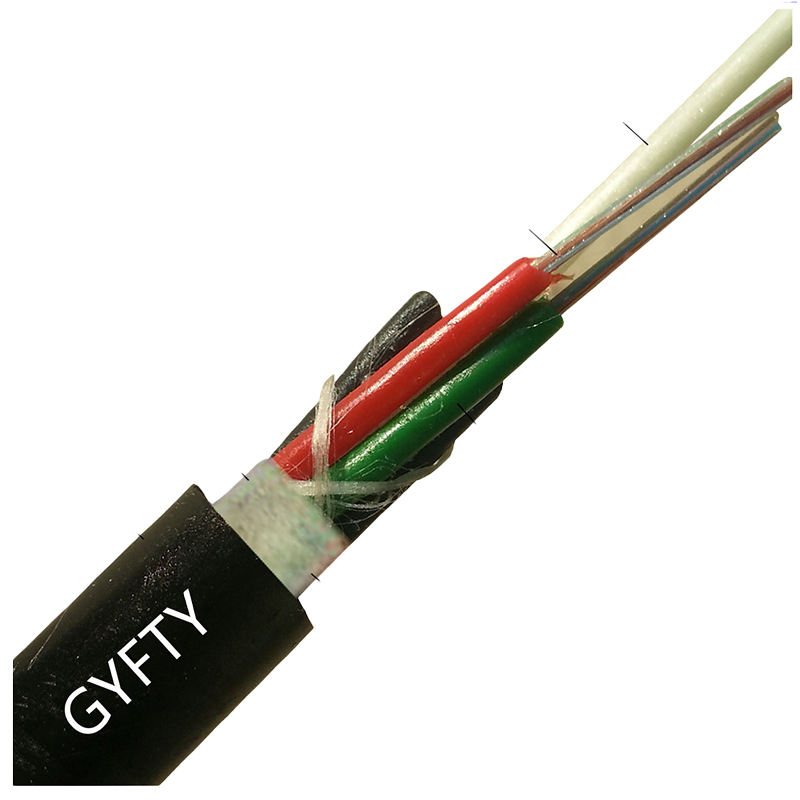Communication optical cable is a kind of cable used for transmitting data through light waves. It is widely used in telecommunications, internet, and cable TV industries. The principle of communication optical cable is to transmit data through the optical fiber core, which is made of glass or plastic. The core is surrounded by a cladding layer, which is also made of glass or plastic. The cladding layer helps to keep the light waves inside the core and prevent them from escaping.
The optical fiber core is very thin, usually less than a human hair. The light waves travel through the core by continuously reflecting off the cladding layer. This process is called total internal reflection. The light waves can travel long distances without losing much of their strength, which makes communication optical cable ideal for long-distance communication.
Communication optical cable has many advantages over traditional copper cables. Optical fibers are immune to electromagnetic interference, which means that they can transmit data without any interference from other electrical devices. They also have a much higher bandwidth, which means they can transmit more data at a faster rate. Optical fibers are also much lighter and more flexible than copper cables, which makes them easier to install and maintain.
The applications of communication optical cable are vast. They are used for internet and telephone services, cable TV, and even in medical equipment. Communication optical cable is also used for military and aerospace applications, where high-speed and secure communication is essential.
In conclusion, communication optical cable is a highly advanced technology that has revolutionized the telecommunications industry. Its high bandwidth, immunity to electromagnetic interference, and light weight make it an ideal choice for long-distance communication. With the ever-increasing demand for faster and more reliable communication, communication optical cable will continue to play a crucial role in shaping the future of telecommunications.




